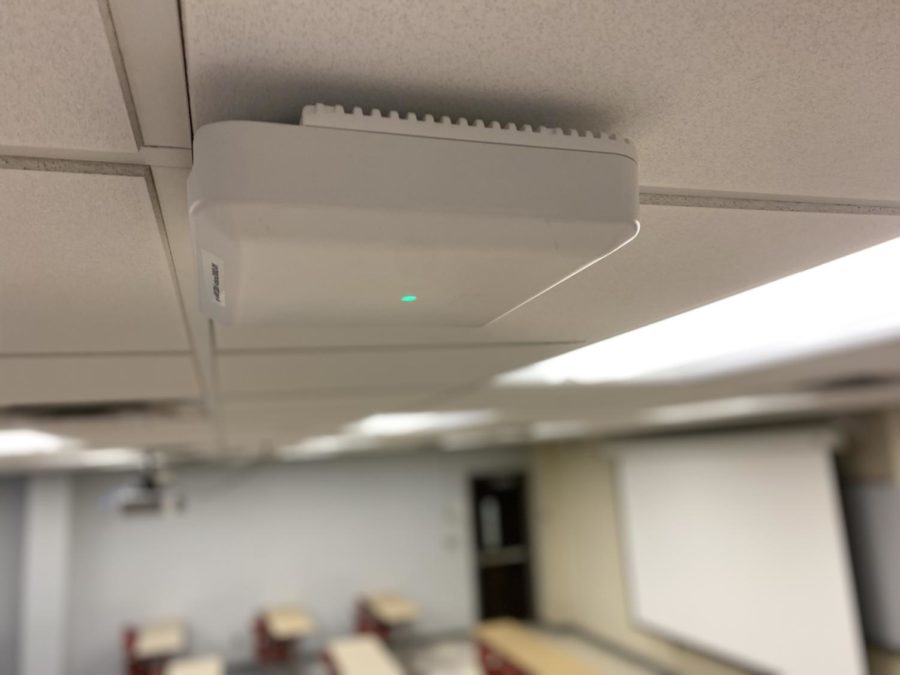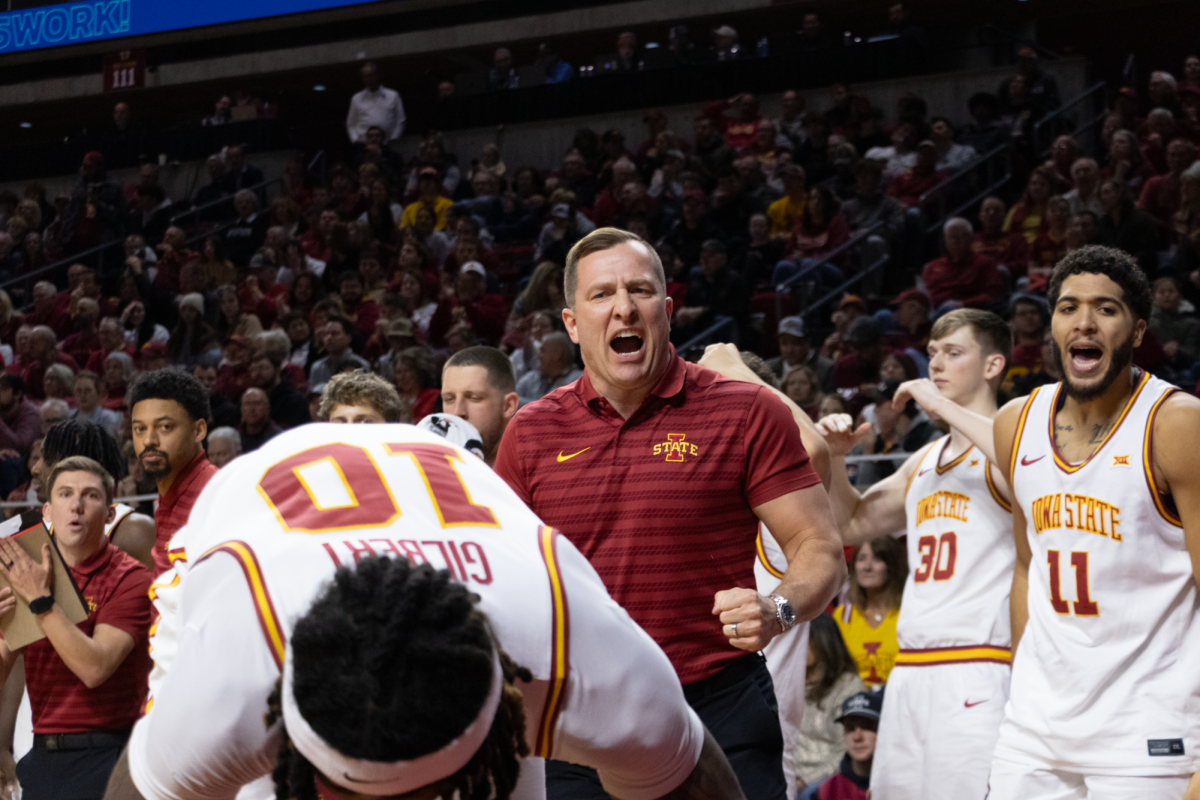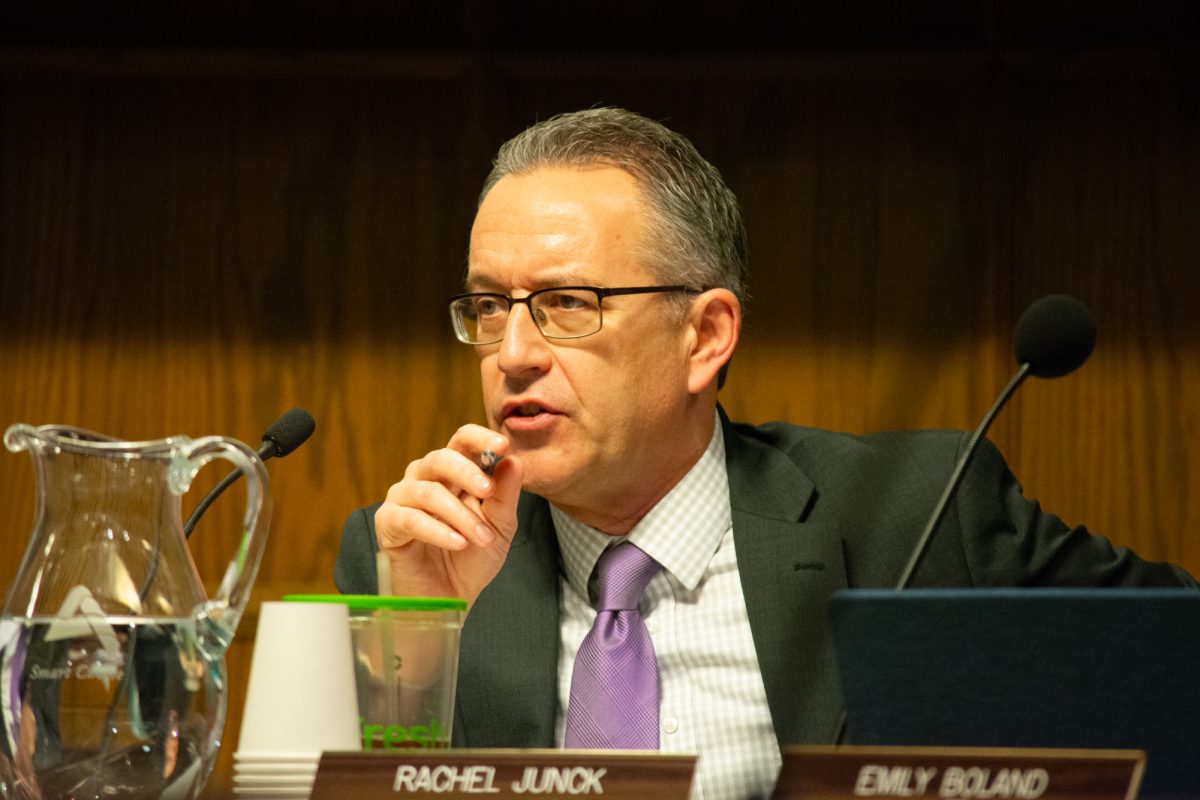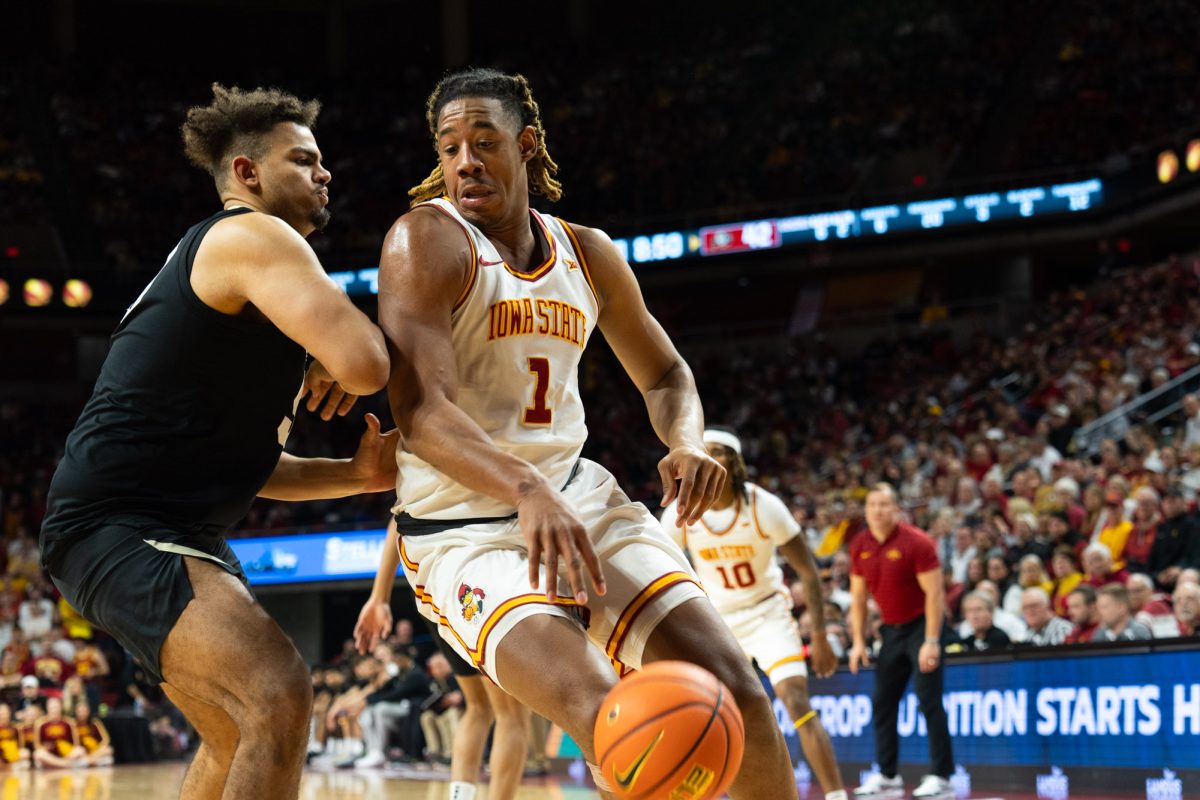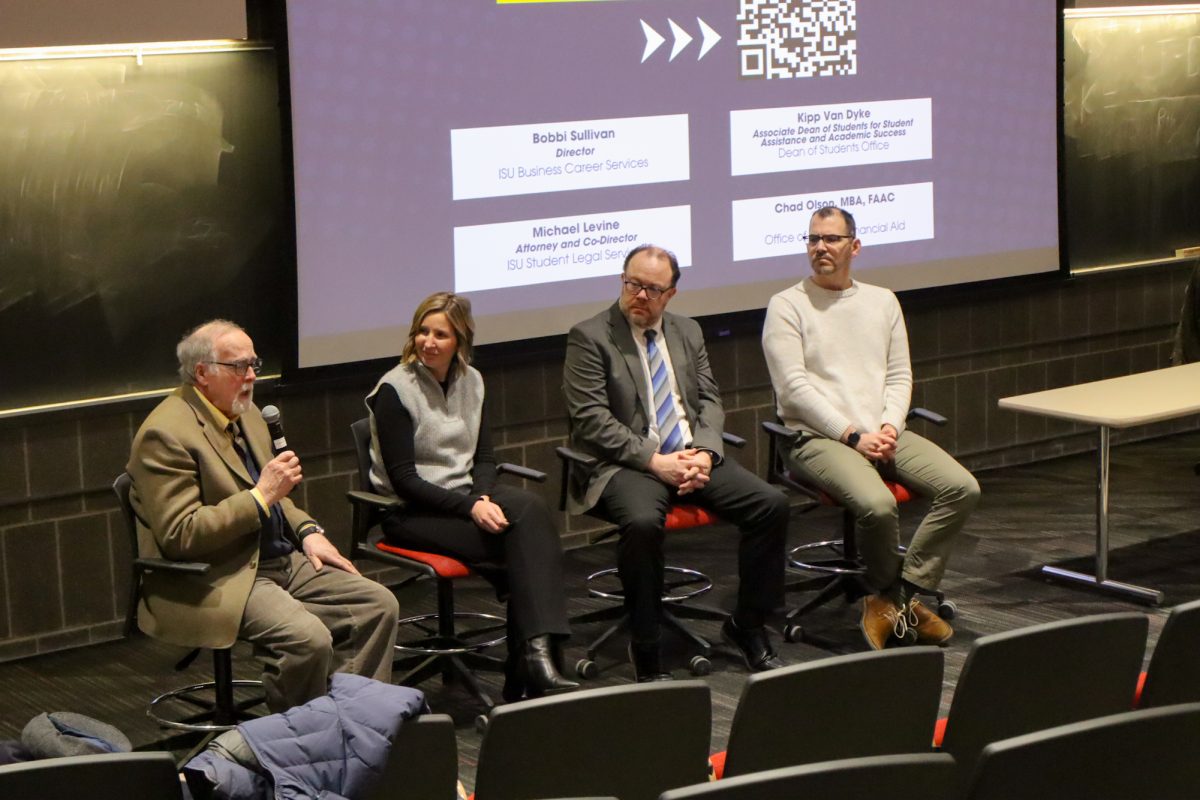Connection issues? Here’s how Iowa State is addressing campus Wi-Fi
Information Technology Services also replaced 5,000 access points in the residence halls during the 2021-2022 school year.
September 27, 2022
Like many students, Olivia Miller, a sophomore studying environmental science, is always using the campus Wi-Fi, whether catching up on her emails or watching Netflix in her dorm.
She spends her days switching among all three Wi-Fi services Iowa State offers: eduroam, IASTATE and IASTATE-Guest.
“Usually, at some point in the day, one will fail, and then I have to switch to another one, and then that will fail, so then I switch to another,” Miller said. “So, I just kind of cycle through them.”
Iowa State has roughly 11,000 access points and four pairs of access point controllers, which control each access point for a segment of campus. TJ Wertz, senior manager for enterprise infrastructure said Information Technology Services is working to replace 5,000 access points on campus.
First-day service disconnections
During the first two and a half days of class, the campus experienced a service degradation or service interruption during passing times.
“That was the closest to a full-scale outage, but it wasn’t a full-scale outage,” Wertz said. “If you were already on the network, then you had no problems.”
This resulted in an interruption in service connecting to the wireless network. Service users were unable to immediately authenticate to the servers, but Wertz said most customers were able to connect shortly after classes began.
“It is not like it was discontinuously out for a period of time,” Wertz said. “What happens is during passing time, the load spikes up, and after passing time is over, the load kind of tapers off. Once that load tapers off during the first couple days, everything would calm down, and they would be connected without an issue.”
Sam Syrus is a freshman studying computer science, and he has never had an issue with the Wi-Fi. On the first few days of class, Syrus said his devices weren’t impacted by the service interruption.
“It was really odd,” Syrus said. “Everyone around me was like, ‘I can’t get on Canvas, I have no Wi-Fi,’ and I was like, ‘I am fine.’”
Emily Morgan, an associate professor in the department of arts and visual culture, believes the Wi-Fi has improved over the last five years.
“I think the university has been very responsive to these issues, as far as I can tell,” Morgan said. “Because we definitely did have problems in the past, but in the last couple of years, I have not seen any issues that have really hindered my teaching.”
Assessing disconnected services experienced by users in a day is fairly nuanced, Wertz said. Iowa State University has not experienced a service outage.
“From a single individual person perspective, obviously, when we have 40,000 individuals on campus at a time, that’s an astronomical number,” Wertz said. “If we are talking about how many times has the overall system not worked: zero.”
When examining connection issues for the current school year, Wertz said scale of time matters, and there still isn’t enough data to determine systematic problems.
“We do have tools to help us identify if there are problems that exist, but we would have to consider a larger scale of time than just since classes have started,” Wertz said. “Obviously, being such a short period of time, there is not really any relevant data that would correlate into any problems that exist.”
With more than 200,000 devices using Iowa State University Wi-Fi services a month, the Information Technology Services is currently undergoing a campus-wide replacement of access points to enhance campus connection.
“For those access points, we do work to make sure that we have got coverage in all campus buildings and review that over time,” Wertz said. “We have seen over the years, as people have more devices, the requirements to coverage density change, so we are continuously reviewing that.”
Efforts to replace campus access points began during the 2021-2022 school year, but due to manufacturing delays, the university didn’t receive the materials until mid-September of this year. Information Technology Services also replaced 5,000 access points in the residence halls during the 2021-2022 school year.
Morgan uses Canvas extensively throughout her day, and her classes also use Tophat. Morgan’s class sizes are as large as 300 students, all relying on university Wi-Fi to access the quizzing software.
Morgan said five years ago, it was common for the Wi-Fi to go out in her office building in the middle of the day, and the services have since improved.
“There is not as much of an issue anymore, but it used to be in my office building, the Wi-Fi would seem difficult to get on,” Morgan said. “Maybe I would get kicked off midday when usage was highest, and there was the largest number of people in the building. We used to find that Canvas was very slow during the day. That is not the case anymore.”
Michael Lohrbach, chief technology officer for Technology Information Services, said typically the first week of every semester and especially the first two days, the network experiences its peak load.
“We do work to make sure we are actively monitoring that work to make sure we have got everything as prepared as we possibly can,” Lohrbach said. “We are limiting changes in those weeks in order to make sure things stay up and stable for everybody.”
Lohrbach said if anyone is experiencing connection issues, whether due to an access point or model of their device, they should reach out by filling out a service ticket, emailing solutions@iastate.edu or calling 515-294-4000.
“I know the ‘fix’ that everybody goes for is just connecting to the IASTATE-Guest Wi-Fi and just using that,” Syrus said. “They may have to connect to it every time, but it works every time.”
Editor’s note: A previous version of this article incorrectly reported the phone number of Information Technology Services. It has since been updated to reflect the accurate contact.


